Building great products starts with clarity, teamwork, and the ability to turn plans into real progress. With a product requirements document, teams gain a single source of truth for what they’re building and why. Too often, however, PRDs sit in static files that can’t keep up with changing priorities, leading to misalignment, wasted effort, and missed deadlines.
In this article, we’ll explain how to redefine your team’s approach to PRDs and transform static documents into living, collaborative workflows powered by AI. Plus, see how monday dev’s template and dynamic features can help you create actionable requirements, align stakeholders, and deliver high-impact results faster.
Get the templateKey takeaways
- A strong PRD template aligns teams, clarifies goals, and streamlines product development from idea to launch.
- Static PRDs often become outdated and inefficient — dynamic, living documents are crucial for maintaining alignment and adapting to change.
- The recommended PRD structure includes ten essential sections, from project overview to design resources and open questions for team clarity.
- With AI-powered task automation, real-time collaboration, and seamless integration with engineering tools, monday dev transforms traditional PRDs.
- Effective PRDs require continuous stakeholder input, regular updates, and tools that prevent vague requirements and scope creep.
What is a product requirements document (PRD) template?
A product requirements document (PRD) template provides a framework for capturing the specifications of a product, including its purpose, features, functionality, and behavior. Product managers in both Waterfall and Agile development environments typically create and populate the template to ensure stakeholders are on the same page and provide a single source of truth for the product’s development and delivery.
Why static PRDs fail and what to do about it
Traditional PRDs quickly become obsolete as product goals shift and new insights emerge, leading to miscommunication, overlooked requirements, and wasted development effort. Static documents can’t adapt to fast-changing priorities or capture ongoing team feedback, causing delays and rework.
With monday dev, PRDs become dynamic documents: AI automatically updates requirements, surfaces risks, and ensures collaboration stays in sync, no matter how quickly things change. This keeps teams aligned, tasks actionable, and product development streamlined from start to launch.
Try monday devWhat’s typically included in a PRD? (The 10 components)
A comprehensive PRD covers all the details needed to guide product development from idea to release. However, not all PRDs will look the same. Here are the ten essential sections, each designed to answer key stakeholder questions and ensure alignment, that PRDs typically contain.
- Project overview and background: Summarizes the product’s purpose, target users, and strategic context, including relevant market analysis and competitive positioning for added clarity.
- Objectives and success metrics: Details the product’s goals and defines measurable KPIs that stakeholders can use to track impact and alignment.
- Stakeholders, roles, and responsibilities: Lists team members, decision-makers, and contributors, clearly specifying who owns each requirement or deliverable.
- User personas, stories, and use cases: Describes target users, their needs, and core scenarios or user stories, including real-world context wherever possible.
- Functional requirements: Outlines the essential features and behaviors, with priorities and, if available, linked diagrams, wireframes, or process flows for clarity.
- Non-functional requirements: Covers performance, reliability, scalability, security, localization, and compliance needs.
- Assumptions, dependencies, and constraints: Highlights external systems, preconditions, known limitations, and project assumptions in a single section.
- Design resources and wireframes: Includes visual aids such as mockups, diagrams, or workflow charts that clarify complex requirements.
- Timeline, milestones, and deliverables: Maps out major phases, deadlines, and expected outputs, ensuring everyone understands the schedule and key checkpoints.
- Out-of-scope items and open questions: States intentional exclusions and surfaces outstanding questions for team discussion.
You can personalize your PRD by selecting the sections above that make sense for your product, industry, and organization. Some project managers prefer a simplified version of the product requirements document, limited to just a few categories.
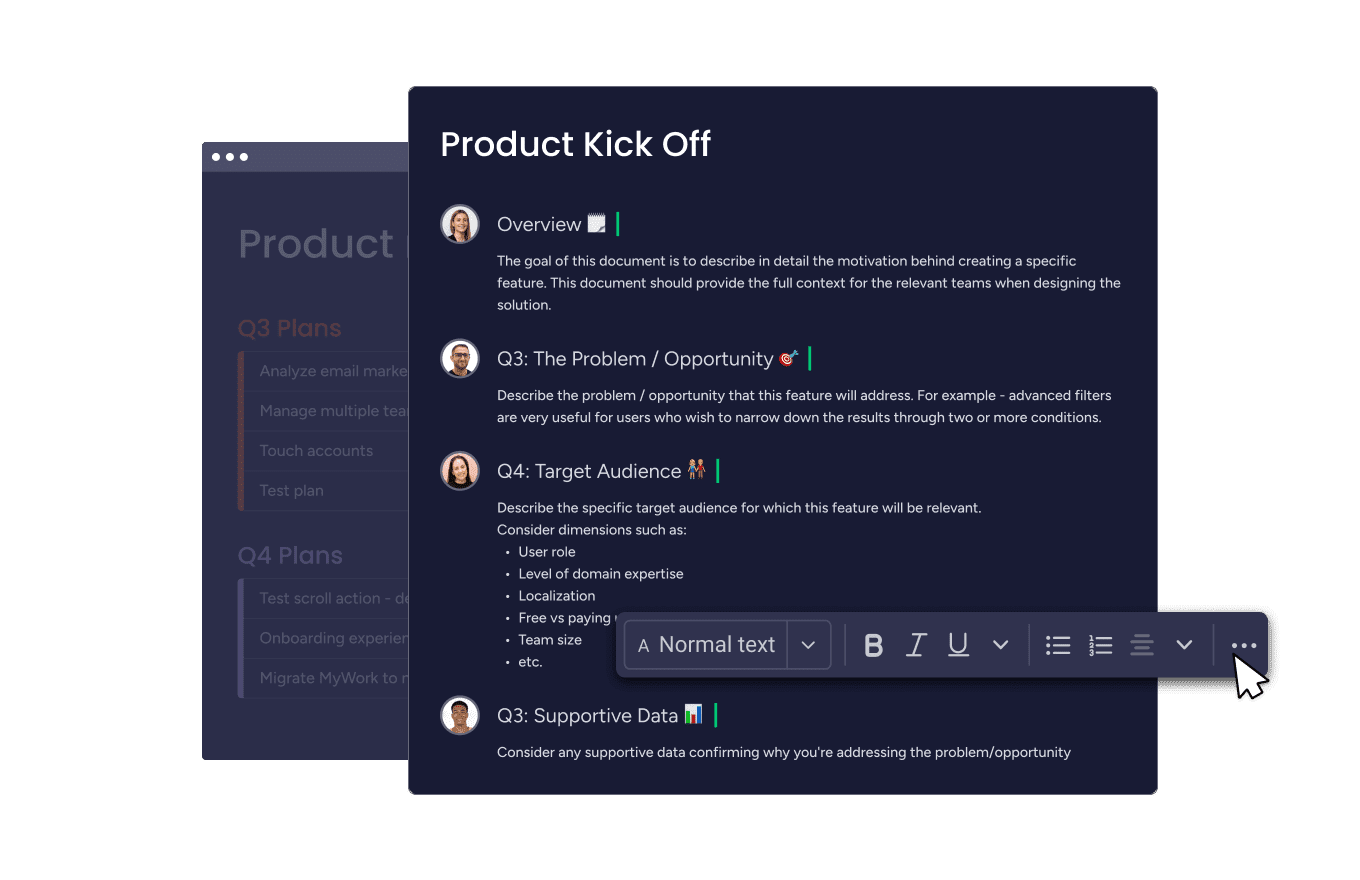
How to write an effective PRD in 5 steps
Creating a standout PRD requires more than just documenting requirements — it’s about making sure teams are aligned, goals are actionable, and the process is adaptable to change.
- Start with the project and product overview: Briefly define the product’s purpose, target market, and why it matters. Clarify the background and strategic fit for all stakeholders.
- Identify clear objectives and success metrics: Outline the product’s goals, business outcomes, and measurable KPIs. Use these success criteria to guide prioritization and validate progress.
- Define user personas and core use cases: Describe target users, user stories, and specific use cases to ensure everyone understands how the product will deliver value.
- List functional and non-functional requirements: Specify essential features, expected behaviors, and quality standards (including performance, security, and scalability). Use clear, prioritized bullet points or tables.
- Address dependencies, timeline, and out-of-scope items: Identify external dependencies, project constraints, milestone dates, and features not being delivered. Include design resources, open questions, and next steps for team discussion.
Following these steps will help you build PRDs that are focused, realistic, and set up for successful product development in modern environments.
Common PRD mistakes to avoid
Even well-intentioned PRDs can stumble if teams overlook these frequent pitfalls. Avoiding these mistakes ensures your PRD remains a solid foundation for successful product development.
- Being too vague or generic: Requirements should be specific, measurable, and clear. Avoid ambiguous language that can lead to misinterpretation and confusion.
- Failing to update documentation: Static PRDs quickly become outdated. Keep your document living and review it regularly to reflect evolving goals and feedback.
- Skipping stakeholder input: Not involving all relevant contributors risks missing key priorities, dependencies, or constraints. Collaborate from the start.
- Overlooking non-functional requirements: Ignoring areas like performance, scalability, security, or compliance can lead to critical problems down the line.
- Neglecting to define out-of-scope items: Without a clear boundary, scope creep can result. Manage expectations and avoid wasted effort by outlining what’s excluded.
Learning from these mistakes will help you build PRDs that are effective, reliable, and adaptable to change.
How to download and complete monday.com free PRD template
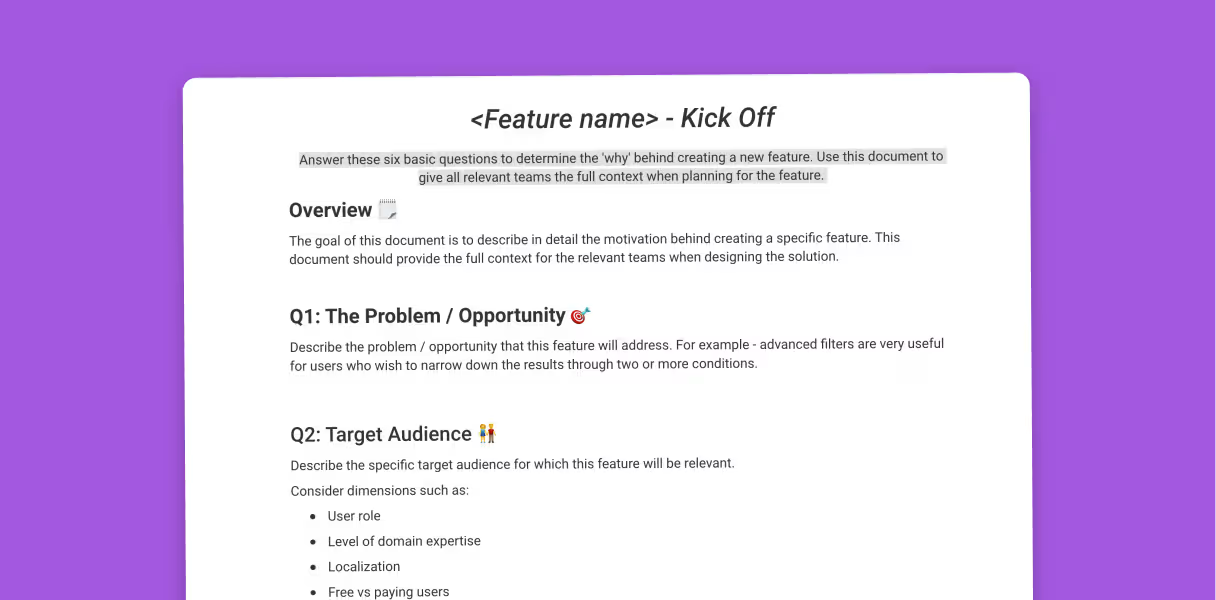
Use the monday.com PRD template to create an intuitive product requirements document and set the stage for successful product development. Organize your feature planning, including specs, audiences, steps, release plans, designs, and more.
Simply download the PRD template and populate it with your product details.
Get the templateComplete the six sections to provide the background details and context for your product:
- Problem: Describe the problem or opportunity the product or feature will address.
- Target audience: Describe the specific target audience for the product or feature.
- Supporting data: Include any information that reinforces your argument for creating this product or feature.
- Hypothesis: Describe the theory or concept the product or feature should fulfill.
- Solution: Outline how you will test the hypothesis.
- Metrics: Determine how you will measure the success of the product or feature.
Once you’ve filled in the template, you can share it with stakeholders for further discussion and refinement.
How monday dev turns your PRD into an action plan
Built on top of the robust monday.com Work OS, monday dev equips product development teams with everything they need to plan, create, and launch new products in one place. They can collaborate with stakeholders on product roadmaps, sprints, release plans, and backlogs to ensure project success.
Let’s dive into how monday dev empowers product teams to transform static PRDs into dynamic, actionable workflows.
Instant task assignment and workflow automation: Built-in AI actions automatically convert each PRD requirement into tasks, assign owners, set deadlines, and trigger smart automations, keeping projects moving from planning to execution.
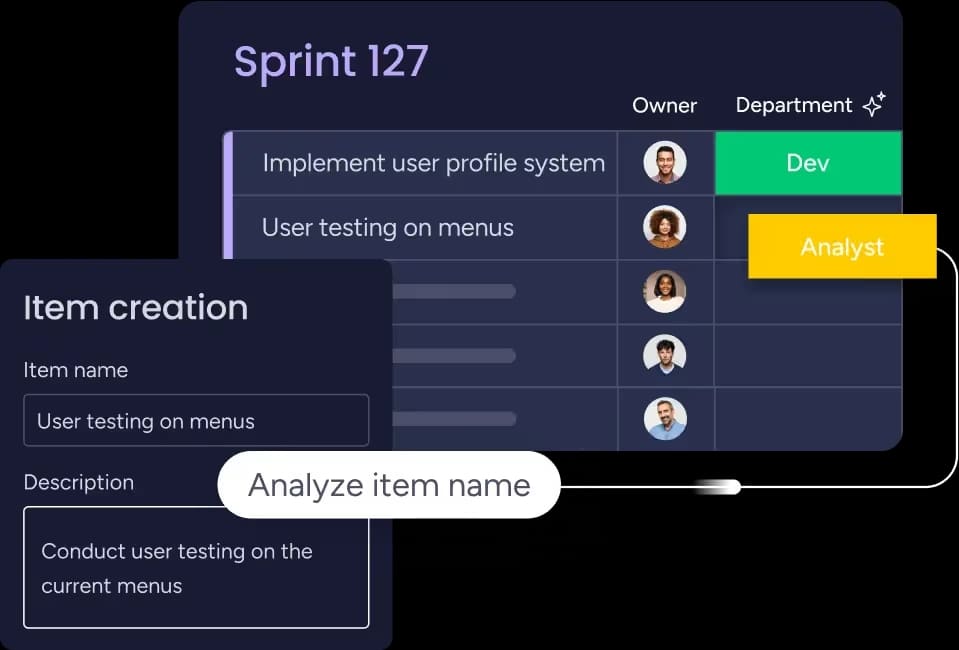
Sprint planning and Agile insights: PRDs become the foundation for effective sprint planning. Agile dashboards track story points, burndown, velocity, and blockers — so each requirement gets prioritized, and progress is always evident.
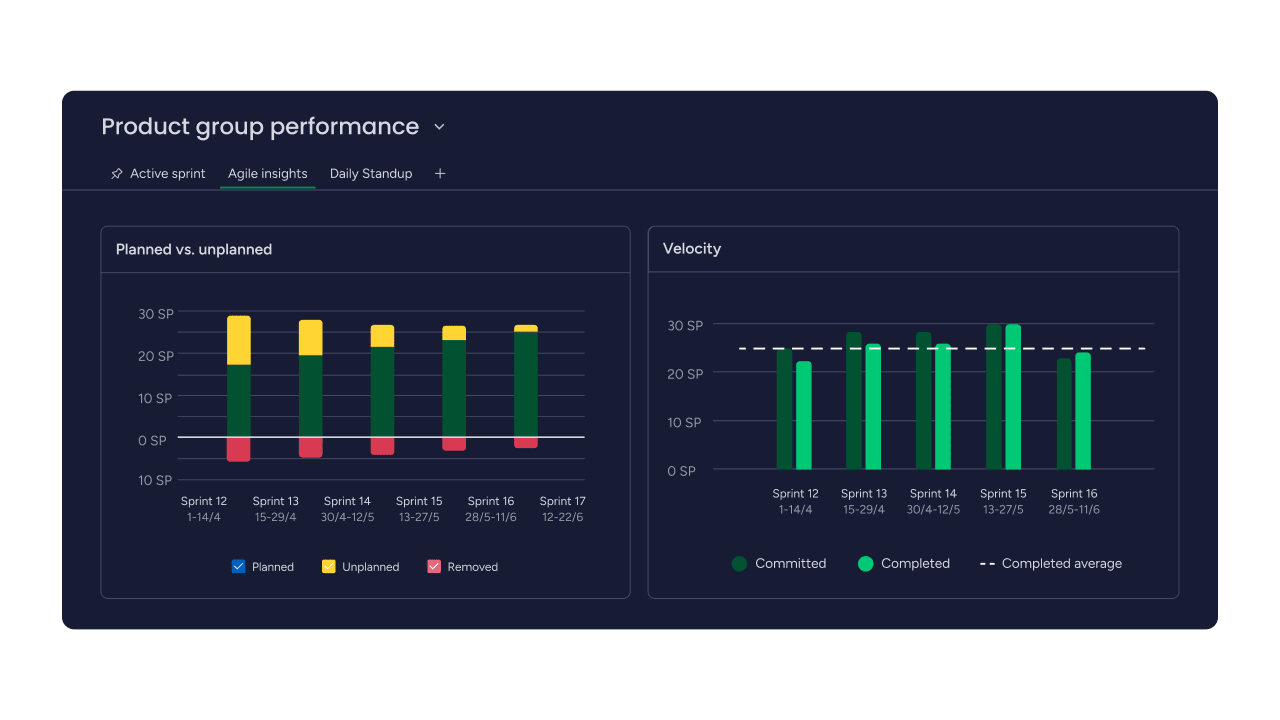
Collaborative commenting and live updates: Teams collaborate seamlessly within monday dev, adding comments, sharing feedback, and updating requirements in real time. This makes the PRD a real-time source of truth that adapts to changing needs.
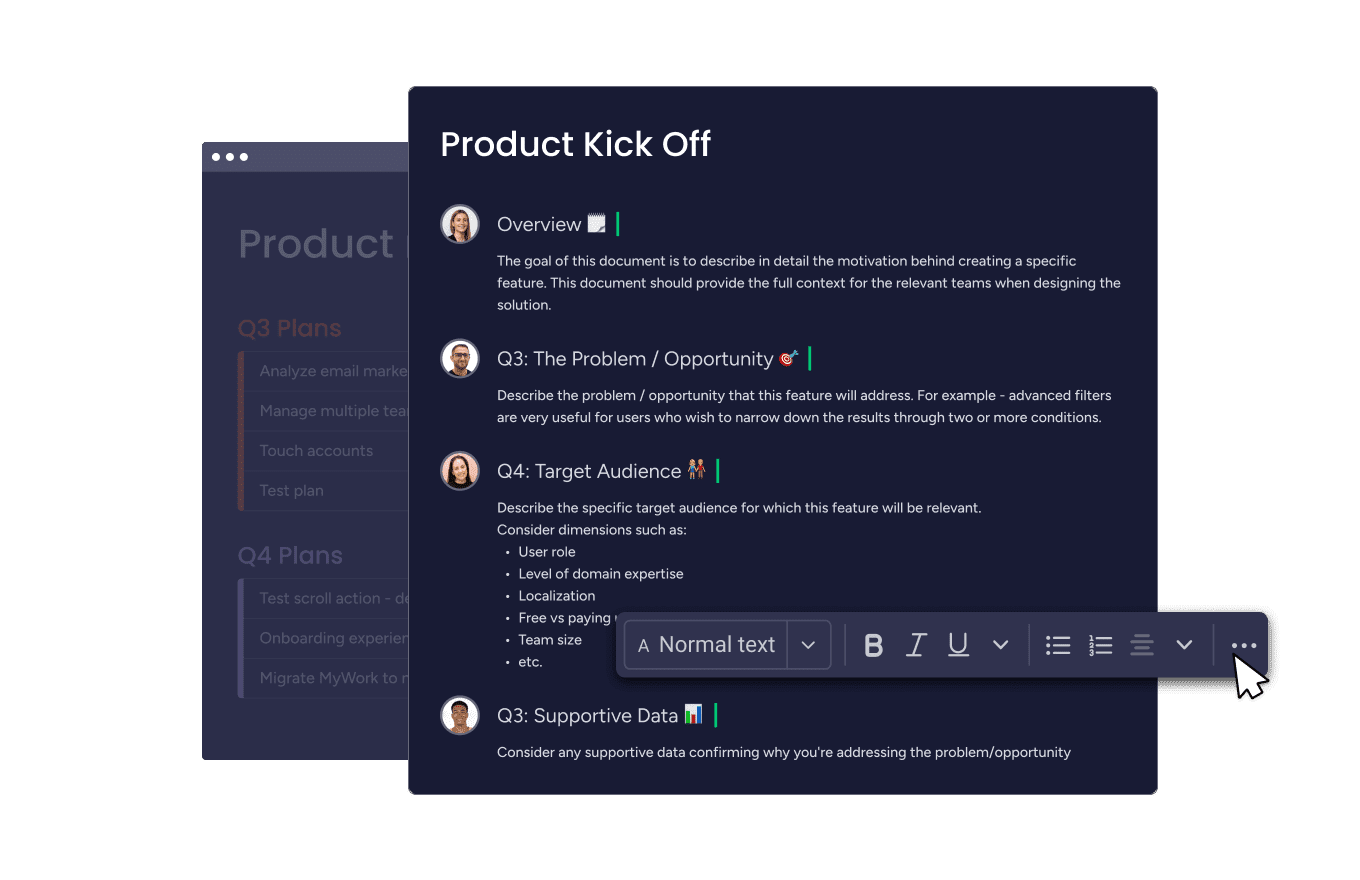
Deep integration with engineering tools: monday dev links PRDs with the tools you already use, such as GitHub and CircleCI. Code pushes, release statuses, and pull requests sync to requirements, closing the gap between planning and development.
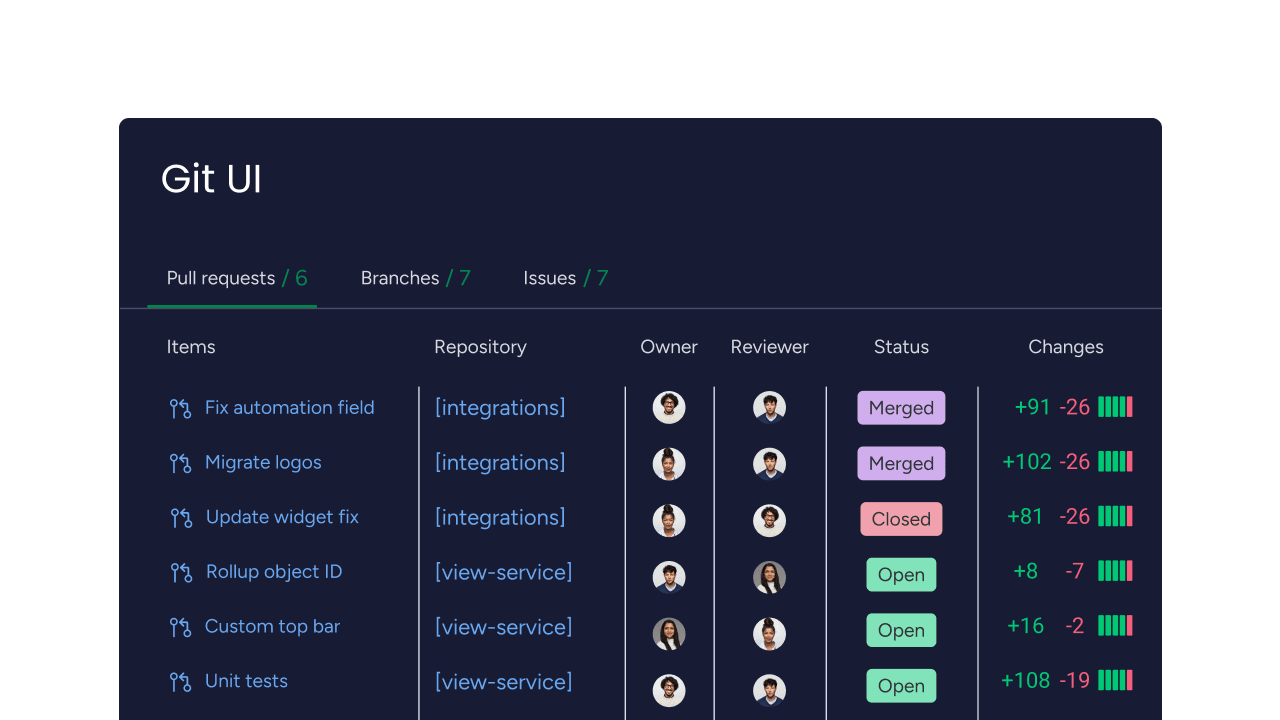
Automated insights and risk flags: AI highlights ambiguities, flags risks, and summarizes key changes. This keeps stakeholders informed, requirements complete, and product development transparent.
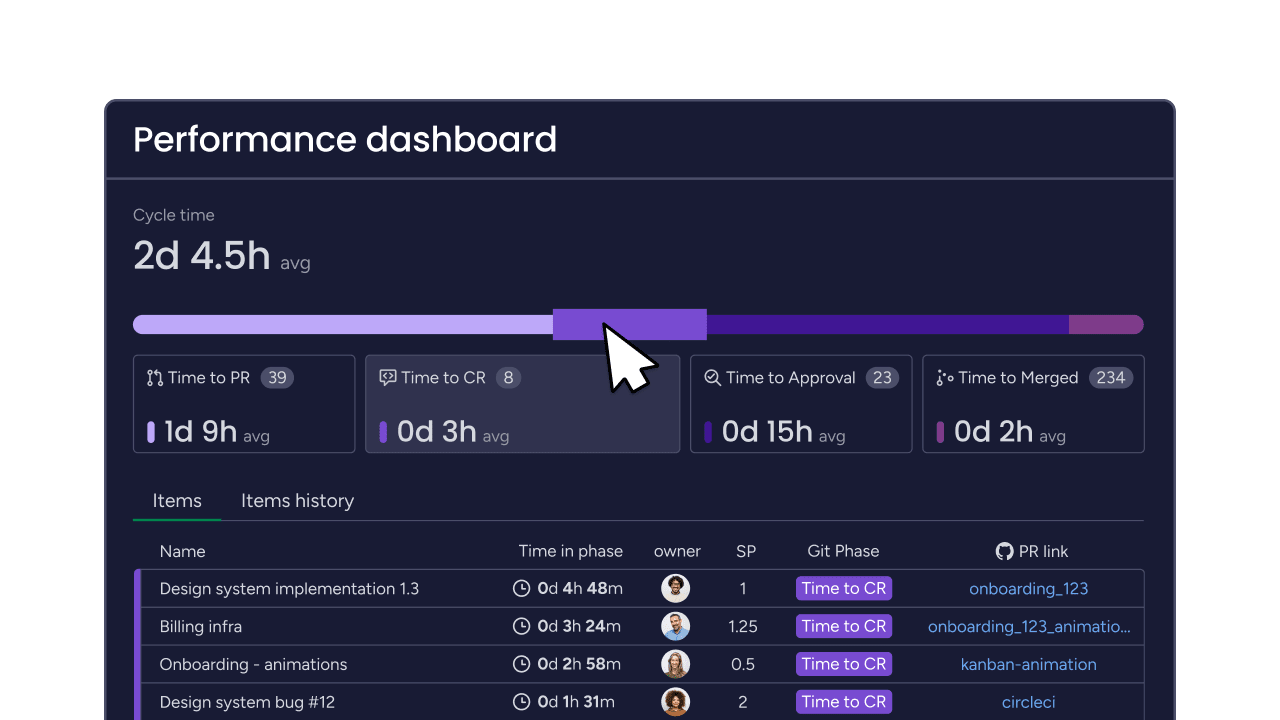
With the free PRD template, you can organize product specs, audiences, steps, release plans, designs, and more. And with these features, monday dev ensures your PRD serves as a springboard for aligned action, continuous improvement, and measurable success throughout the product lifecycle.
Try monday devFAQs
How do I create a PRD?
Creating a PRD involves several key steps. Start by clearly defining the product's purpose and objectives. Gather input from stakeholders to understand user needs and business goals. Outline the product features, prioritize them, and specify technical requirements. Include user stories or use cases to illustrate how the product will be used. Finally, review and refine the document with your team to ensure clarity and completeness.
What does a good PRD look like?
A good PRD is clear, specific, and actionable. It details business goals, KPIs, user stories, feature requirements, constraints, dependencies, design assets, and project milestones. Visual aids, such as diagrams or wireframes, can enhance understanding. The best PRDs are easily updated, collaborative, and guide teams from kickoff to launch without ambiguity.
What is the structure of a PRD?
Typical PRDs include: project overview, objectives and success metrics, stakeholder roles, user personas and use cases, functional and non-functional requirements, dependencies and constraints, timeline and milestones, design resources, out-of-scope items, and open questions for further discussion.
What is the difference between a PRD, an MRD, and a BRD?
A PRD (product requirements document) focuses on specific technical and functional features for development. An MRD (market requirements document) addresses market needs and customer problems. A BRD (business requirements document) covers broader business objectives and stakeholder expectations.
How can I make my PRD a living document instead of a static file?
Use an online platform like monday dev to keep your PRD collaborative and easily editable. Its AI features automate updates, track changes, notify stakeholders, and integrate live data, ensuring your document reflects current needs and feedback throughout the development process.
Who is responsible for writing and owning the PRD?
Usually, product managers draft and own the PRD, but ownership should be collaborative. Stakeholders, such as engineers, designers, and QA, contribute requirements, provide feedback, and help maintain its accuracy as the project evolves.
How long should a PRD be?
A PRD should be detailed enough to guide development but concise enough for stakeholders to scan quickly. Most effective PRDs range from five to fifteen pages, focusing on clarity and relevance to keep teams aligned without overwhelming documentation.
Is a PRD still relevant for Agile teams?
Yes, PRDs serve as the backbone for Agile product development, providing context, requirements, and goals — even if requirements change frequently. Agile teams use living PRDs for reference and adaptability, combining structure with flexibility through platforms like monday dev.

